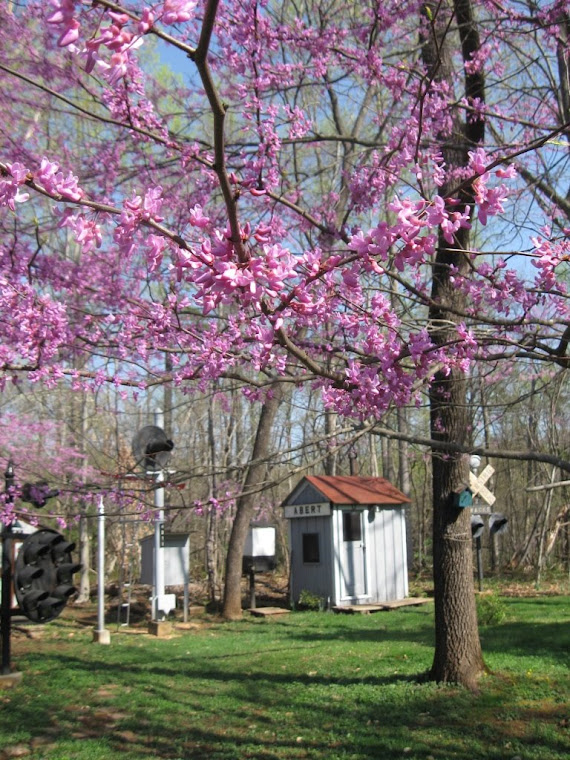

Shaffers Crossing Yard in Roanoke has long been a major marshal ling yard for Norfolk & Western Ry. At the west end of the yard is N&W's locomotive shop which had a 40 stall roundhouse in steam engine years. Two mainline-looking tracks curved around the roundhouse on the north side: They were called the "eastbound and westbound running tracks." Starting as a teenager in the 1950's, I went to Roanoke with my father as he worked from time to time and I always spent a few hours on an overhead foot bridge that spanned about a third of the east end of Shaffers Crossing yard on the north side. The bridge was used by railroad men to reach their jobs from Shenandoah Avenue. I appreciated the large N&W steam engines that were relegated to yard service with the coming of diesel locomotives and a highlight was to see the eastbound passenger train, "The Tennessean," a joint Southern and N&W train, as it passed beneath me on the eastbound running track. Just a short distance west of my vantage point was a small dwarf signal, informally called the "Eastbound Running Signal 18" because it was between 17th and 18th streets. The signal was a home made signal from the shops, just a pair of old PL-1 light cases from an N&W position light signal some place. The light cases were mounted one above the other and only gave two indications; "Approach" and "Stop." Authority for the running tacks did not come from the dispatcher or from the yard master but from switch tenders who worked at each end of the running tracks. And they were pretty much "automatic block" signals. The practice seemed dangerous and vague, but it worked. In 1970, the dwarf signal was taken out of service and replaced by a traditional mast mounted color position light signal.
I am grateful to Ben Blevins, Abram Burnett and Harry Bundy for their roles in making this signal a part of our Railroad Relic Garden.
